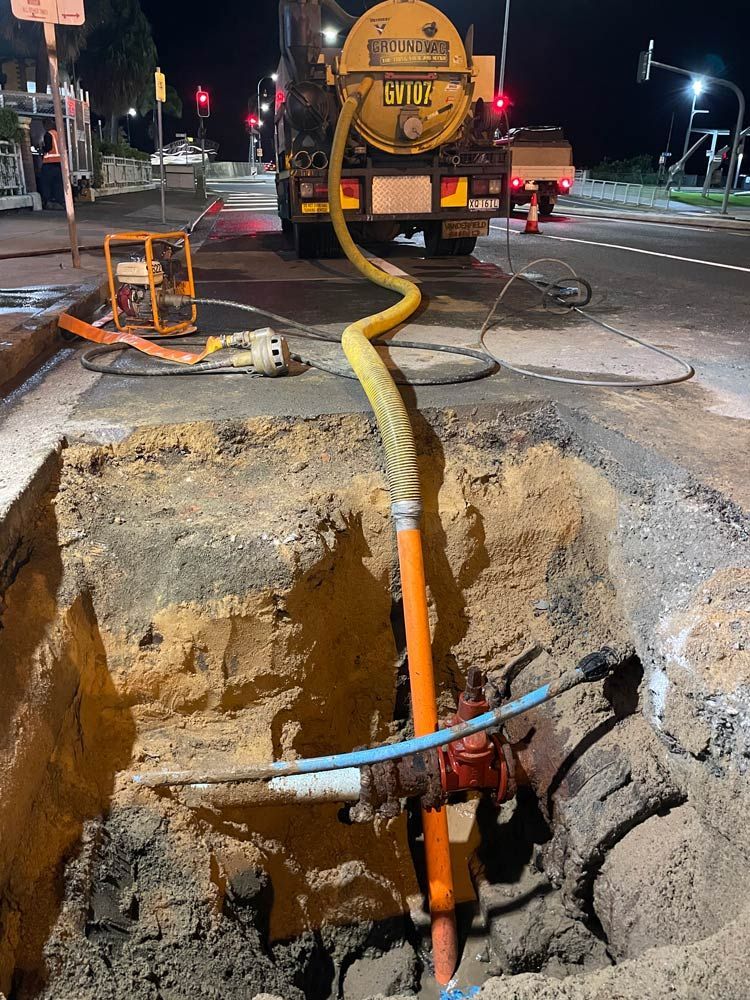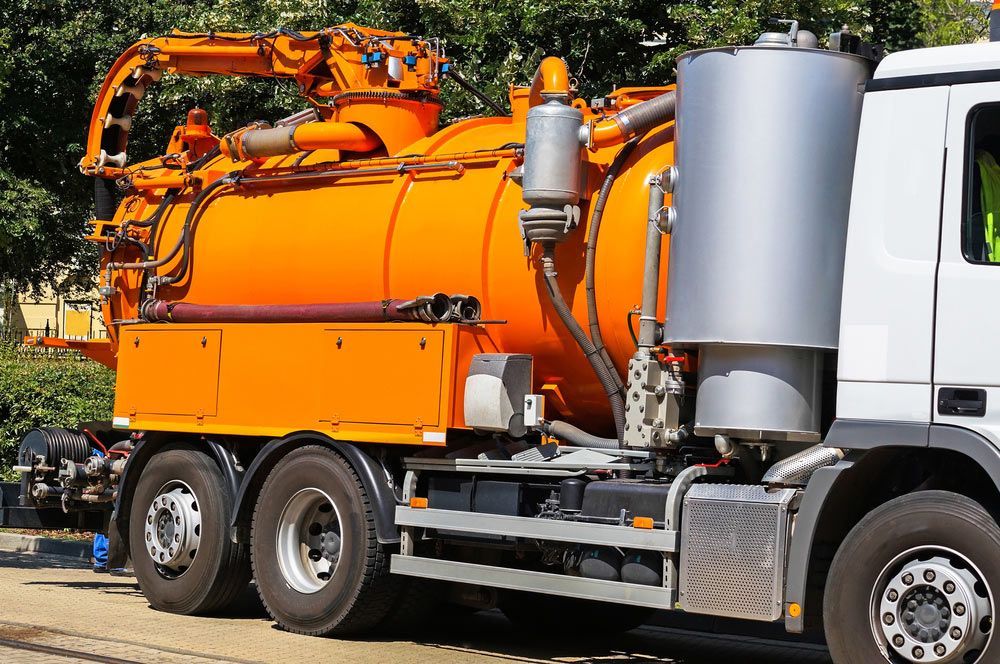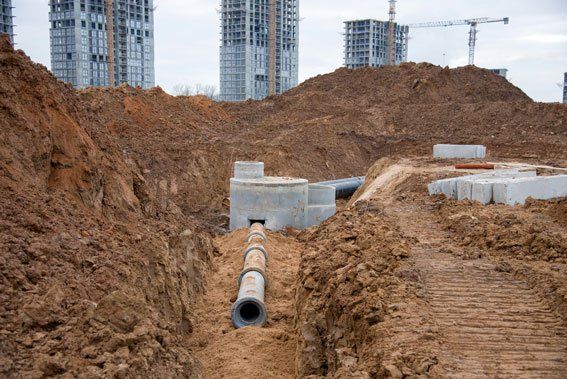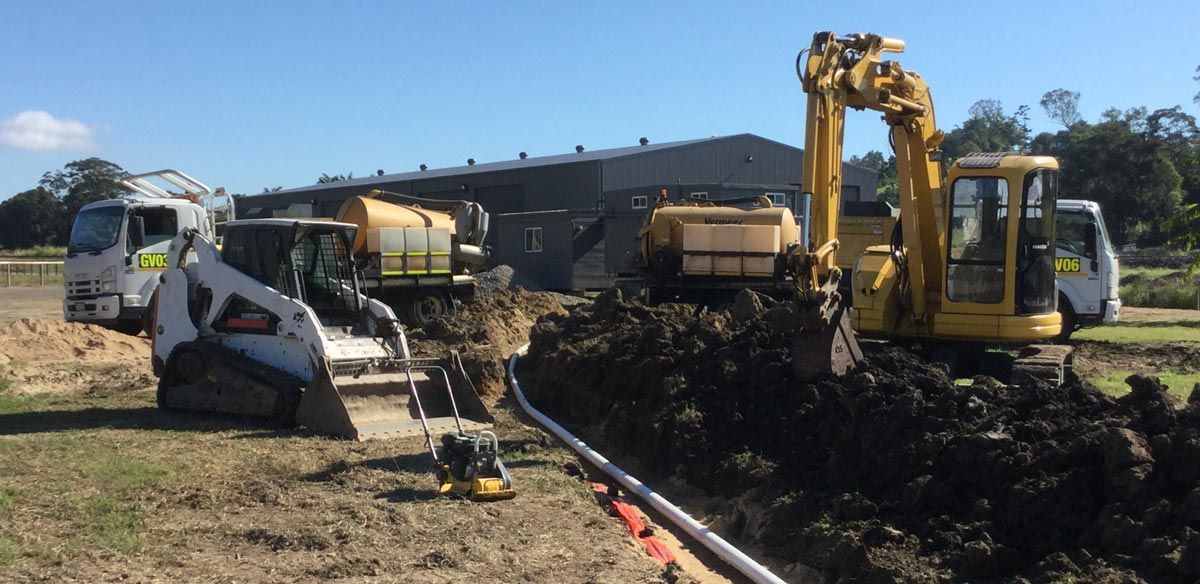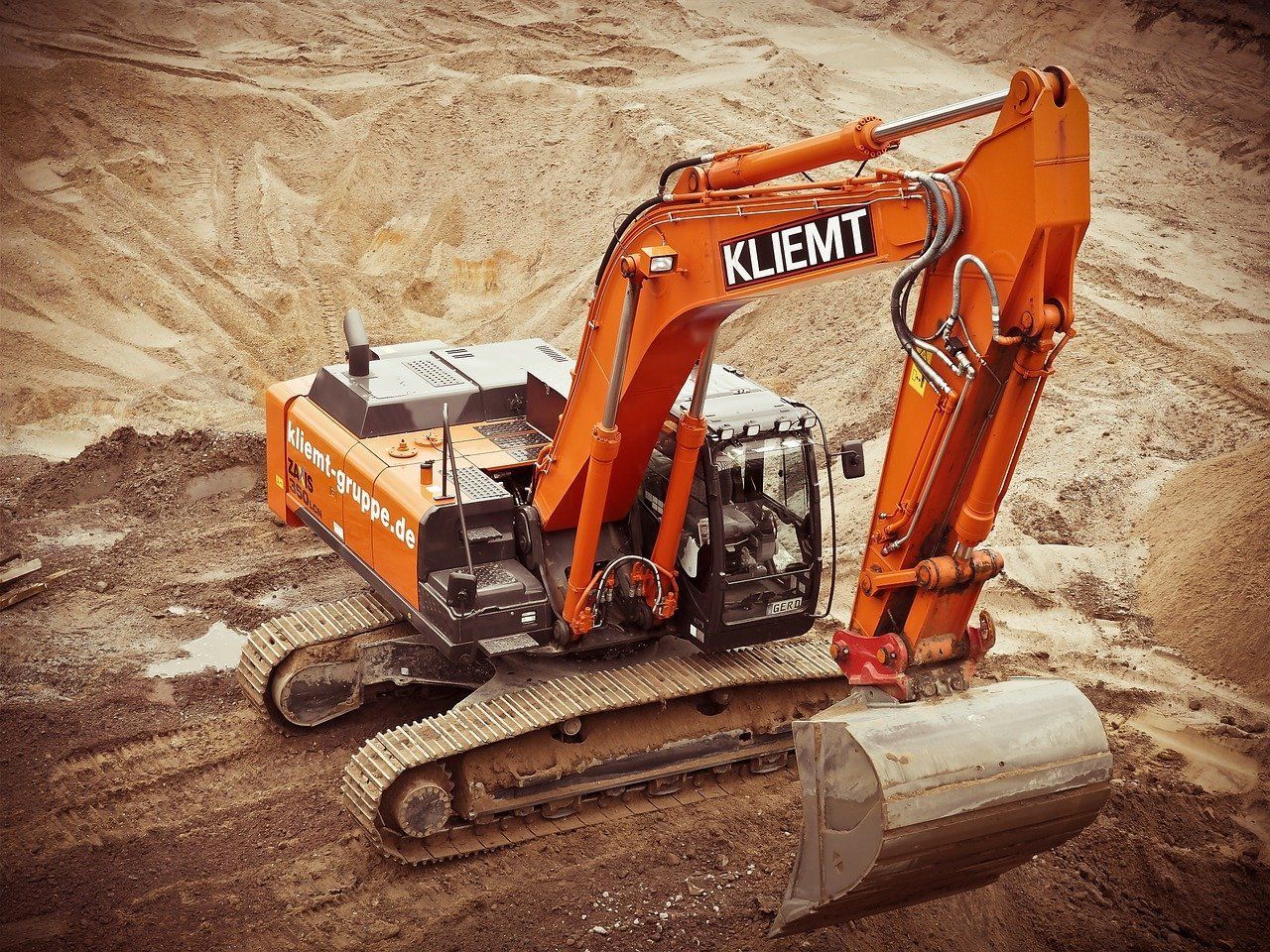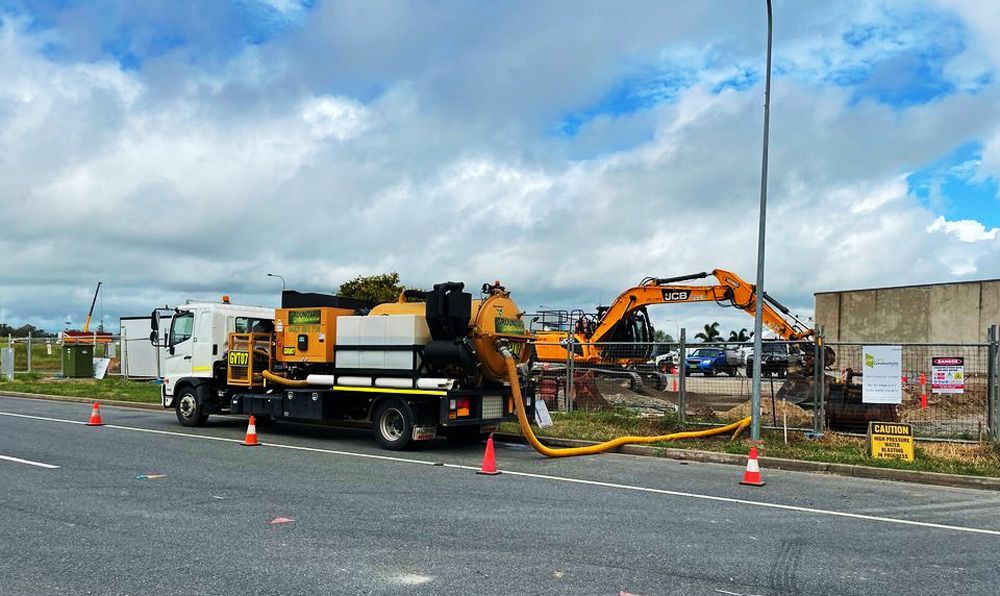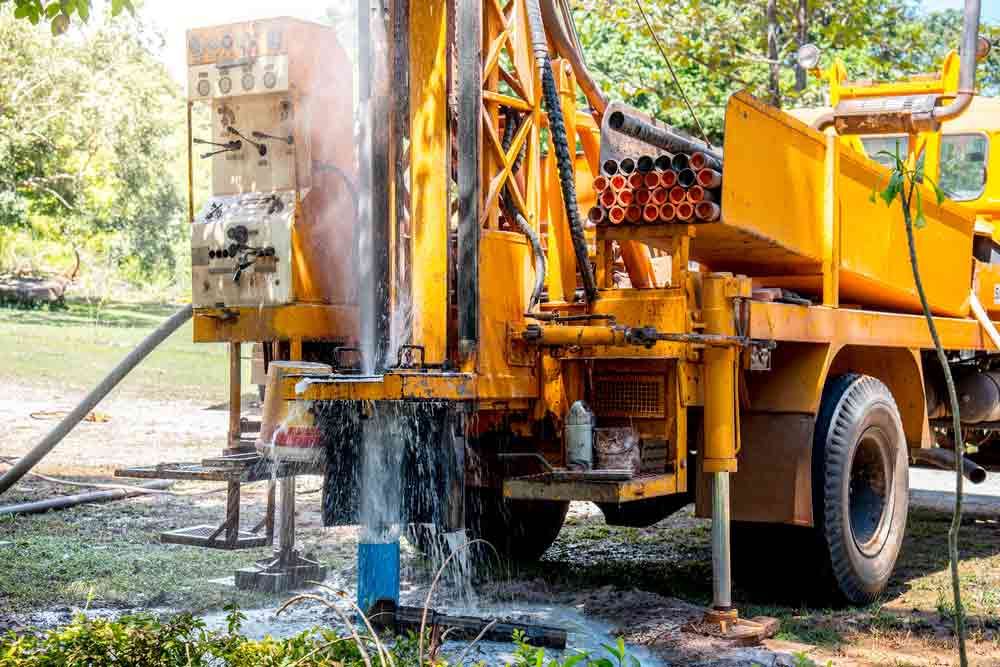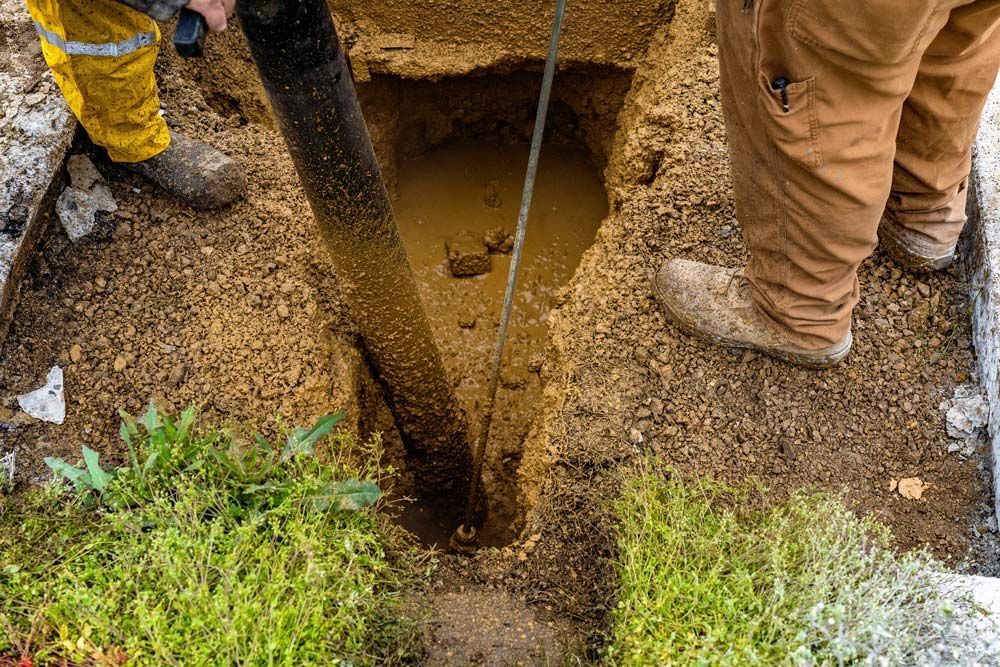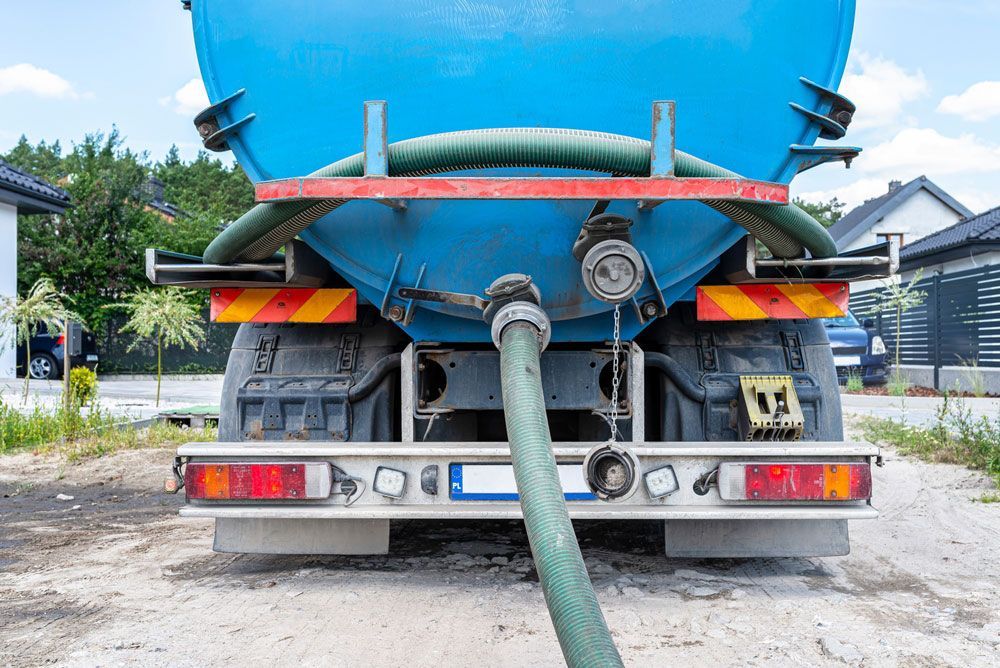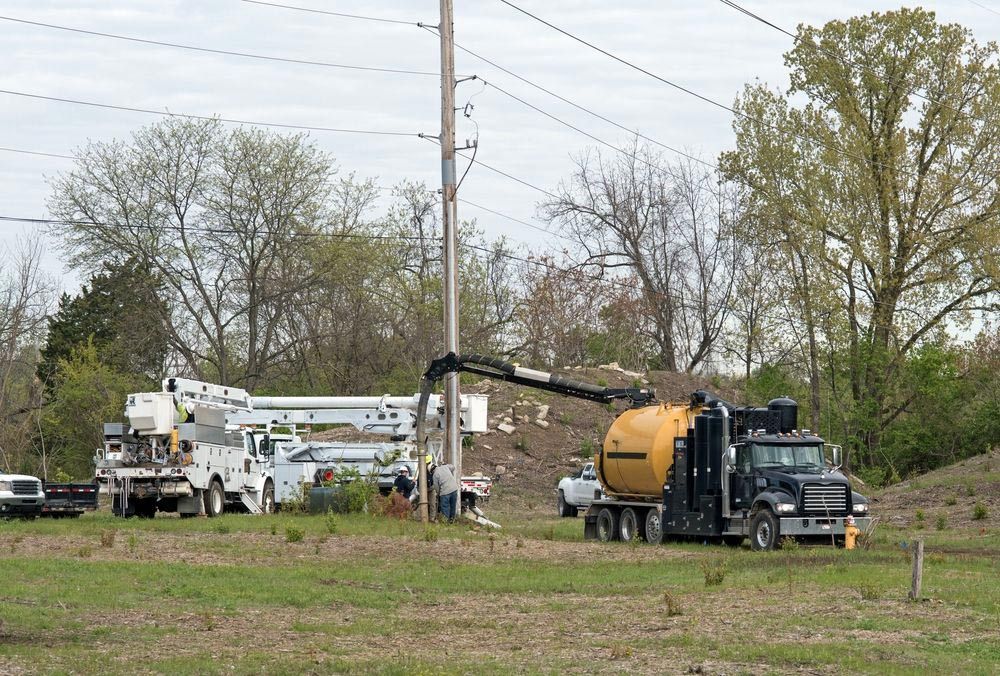What Methods Are Used to Locate Underground Utilities in Australia?
If you need to undertake an earthworks dig for any reason, it's important to know where all underground utilities are located before you start work. This can help you to prevent damage and costly expenses and delays. In this post, we explain the different methods of locating underground utilities.
What Are The Different Methods Of Locating Underground Utilities?
There are a range of methods to help you find buried utilities, including:
1. Visual inspection
A visual inspection will involve a visual check of all utility infrastructure, signs and markings in the area where you plan to dig. The inspector will look for:
- Signs of damage or disturbance to the area
- Utility marks that indicate the presence of utility infrastructure in the area
- Utility access points
- Exposed utility infrastructure (pipes, ducts and cables) on-site or running below ground level on the private property leading offsite via a public road reserve
- Utility infrastructure running from property to property across a road reserve (such as water mains and sewer pipes)
While a visual inspection is a good starting point, it is time-consuming and isn't always precise.
2. Magnetic locator
A magnetic locator is a piece of equipment used to locate magnetic fields underground. These fields are generated by the flow of electric currents through electrical cables, water and gas pipes and other buried metallic objects. The equipment uses a probe with a magnetic coil fitted within it that is able to detect and measure these magnetic fields. As the magnetic field increases, so does the reading produced by the device. Some of the advantages of this method include:
- Not affected by atmospheric conditions such as humidity and temperature changes
- Can be used on both live and dead electrical cables (provided they are made from ferrous materials)
- Provides quick results
It’s important to note that these locators only detect ferrous metals (including rust), which means metals like stainless steel or aluminium can’t be located using these instruments, which limits their use.
3. Radio Directional Locator
Radio directional locating is a non-destructive method that uses radio signals to locate active underground utilities. This method can be used to find just about any type of utility other than fibre optics.
To use this method, one end of the target utility line must be accessible. The operator then connects the transmitter to the exposed end and sends a signal down the line at regular intervals. As these signals propagate through the utility, an operator using a receiver traces their path above ground and laterally along with it until they reach another endpoint or junction. The typical locator package includes:
- Transmitter
- Receiver/transmitter
- Clamp (or another connection mechanism)
- Ground stake (for single conductor systems)
Learning how to use this equipment effectively can take approximately 3 months, so it isn't always practical for urgent requirements.
4. Ground Penetrating Radar
Ground-penetrating radar (GPR) is a useful tool for locating underground facilities, such as power lines and pipes. It's an effective way of detecting the presence of a buried object by calculating the time taken for signals to reflect off a surface, rather than by direct contact with the target itself. The system uses two types of electromagnetic waves – ultra-high frequency (UHF) and microwave – to create a map showing not only the location of oil or gas pipelines but also their depth below ground level.
5. Vacuum Excavation Service
One of the most commonly used utility-locating methods in Australia is vacuum excavation. Vacuum excavation is non-destructive, accurate, safe and can be used on different types of soil. In addition to locating the utility, it can also be used for the safe removal of soil from the dig site or for potholing, reducing debris and mess at the site.
6. X-ray Inspection
X-ray inspection is a way of locating underground utilities through the use of X-ray imaging. The same basic X-ray technology used to help doctors in the medical profession is now being used by many plumbers to help them find out where a leak or blockage is located.
X-ray inspection is used to locate the exact position of
underground utilities and other obstructions. X-ray pipes can provide you with a complete list of all your underground utilities and other items such as water leaks, sewer lines, tree roots and more. In most cases, you will be able to have your utility line repaired quickly at a minimal cost.
7. Hydro excavation
Hydro excavation is the process of using high-pressure water with a specialised vacuum system to break up the soil and remove it in a controlled manner. This method can be used to excavate trenches, pits, around existing structures and in areas with limited access.
This method is considered by many to be the safest option available today. Some of the
benefits of hydro excavation include:
- Greater precision which incurs no possibility for costly mistakes or damage to underground utilities or other unseen obstacles that could lead to injury or death.
- More controlled removal process using a high-powered vacuum that allows for fast and efficient soil removal without affecting adjacent areas of the ground above other utilities.
- Less prevention time since there isn't any need for backfilling materials like sand or gravel being used as fillers, meaning your project will be completed much faster than methods such as hand digging or small machinery operations.
If you'd like to make the most of hydro excavation at your site, the experts at
Groundvac hydro excavation are on hand to help today. Visit our
contact page or call us on
0427 691 716.
Testimonials

Slide title
"Very professional outfit and service response was awesome. Very competitive on price I might add. I can Highly recommend Mackay Groundvac services, Russell is the man to see."
Kelvin, TeKowai
Button
Slide title
"Very professional show and thanks again for helping us out of a bind"
Callum - Pentacon Project Officer
Button-

"I just want to let you know what an awesome job Dave did on Monday at DBCT. I was very impressed.
I look forward to working with Groundvac in the future."
Wade Neilsen - DBCT
ABOUT Us
Groundvac was Established in 2009, we are a locally owned and operated business servicing the Mackay and surrounding areas.
Contact Us
Address: 136 Nebia Coningsby Rd, Dumbleton QLD
Phone: 0427 691 716
Email: admin@groundvac.com.au
Operating hours: Mon - Fri 6am - 6pm
Outside these hours: on request


